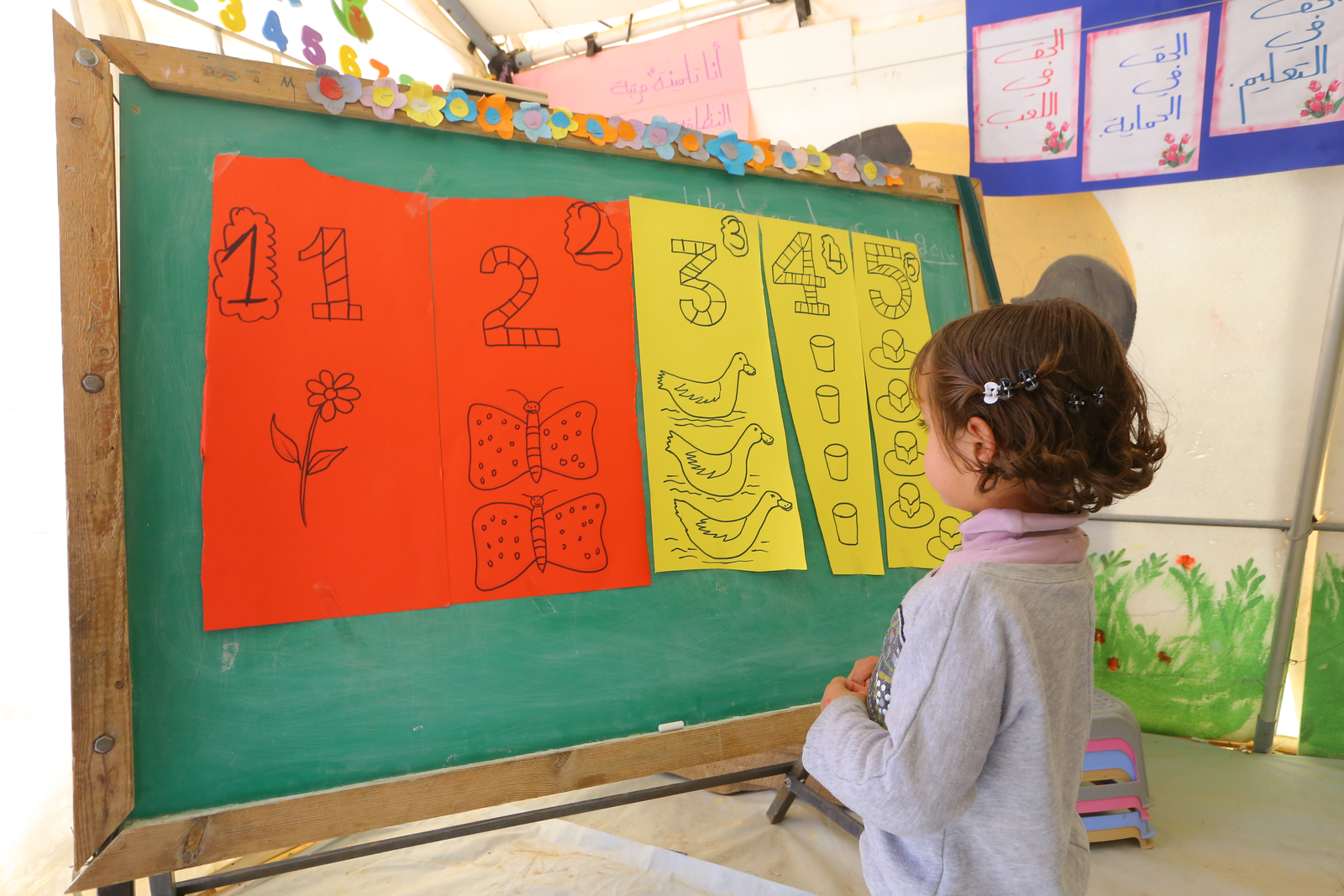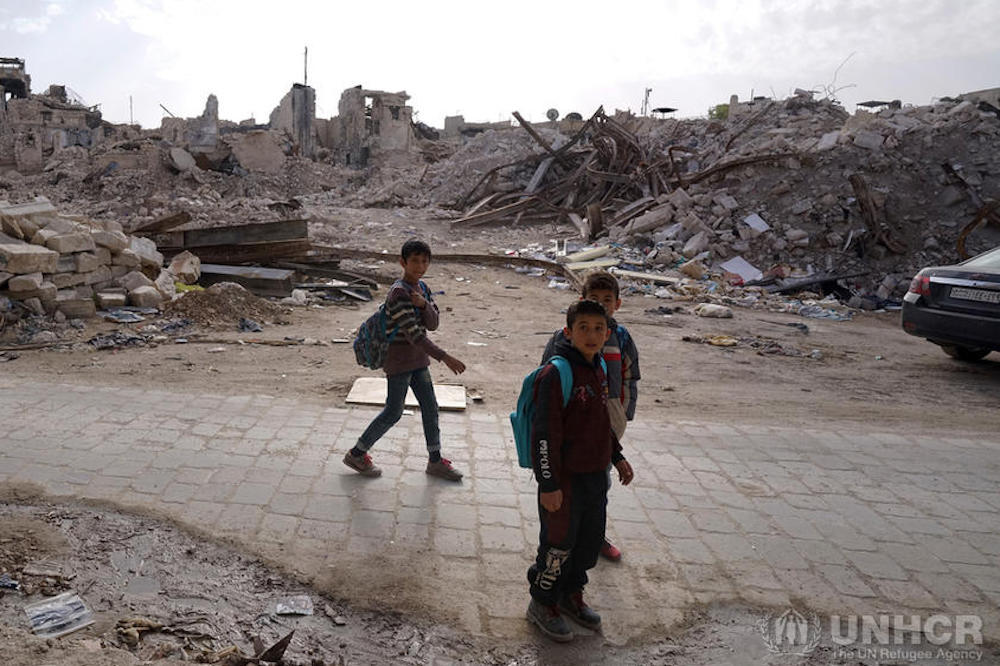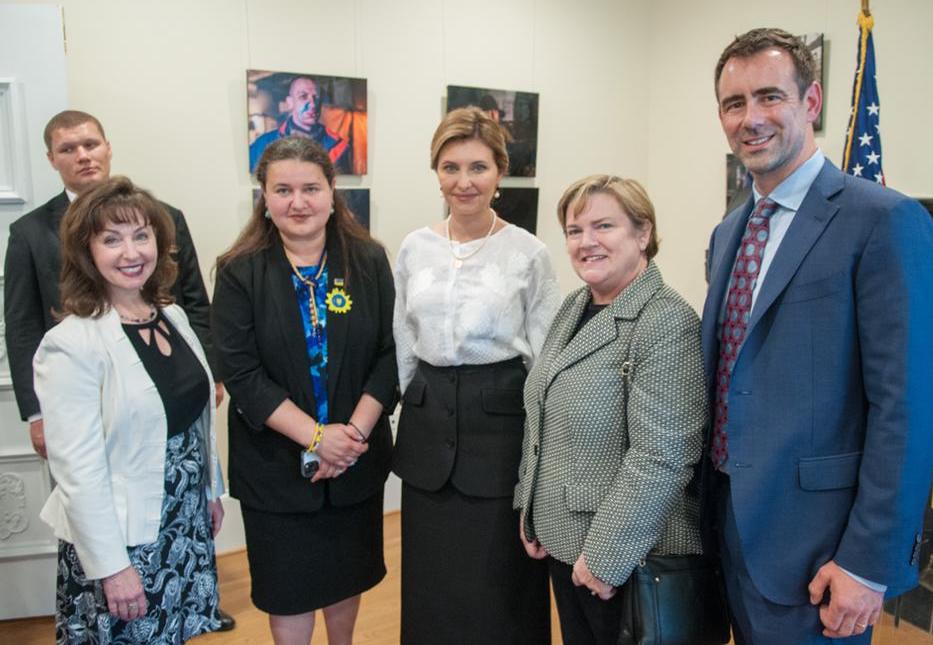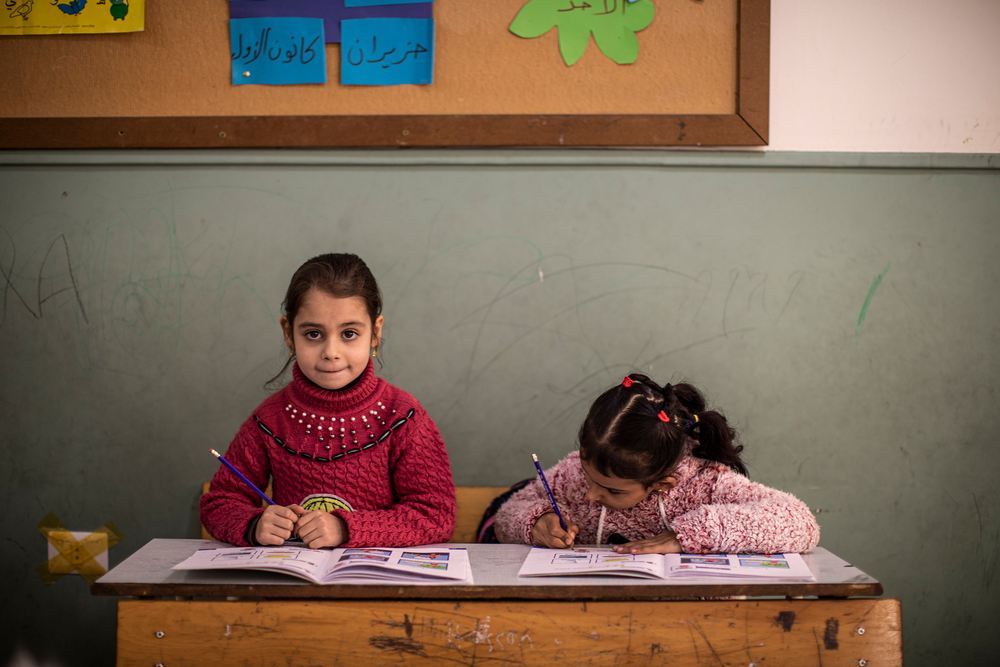
Bleak future for Syrian children unless education is better funded, warns UN
Children in conflicts, Double-shift schools, Education in emergencies, Refugees and internally displaced people, Right to education
With almost half of children in host countries still out of school, the international plan to aid refugees in 2018 needs to be backed more fully than this year's.
Half of all children displaced by the Syrian conflict will continue to be deprived of education unless urgent funding comes through.
The warning of a generation with little or no chance of fulfilling their potential came from United Nations agencies as they asked the international community for help.
Calling for $4.4 billion of funding for 2018, the UN refugee agency UNHCR yesterday spelled out the bleak future for millions of Syrian children caught up in the six-year war which has left more than 500,000 dead and over 12 million displaced from their homes.
“Syria remains, uncontestably, the biggest humanitarian crisis of our time,” said Amin Awad, UNHCR Bureau Director for Middle East and North Africa.
“There are no clear winners but the losers are very clear. The people of Syria – the children, the women, the vulnerable, the sick, the frail.
“Half of the displaced children are not going to school. Many of those displaced inside Syria have also lost many academic years. We have, no doubt, a lost generation.”
The call echoes Theirworld’s #YouPromised campaign, which has been pressing world leaders to honour a pledge made almost two years ago to get every Syrian refugee child into school.
Progress has been made but almost half of them are still out of school.
The new appeal for funding was made yesterday in the so-called 3RP – the Regional Refugee and Resilience Plan for 2018-19. The 3RP has 270 partners including NGOs and UN agencies such as UNHCR, UNICEF and the World Food Programme.
They have asked for $4.4 billion from donors – with $773 million earmarked for education.
Awad said: “Only about 53% of the total appeal of $4.8 billion was received this year. That basically left us well short of our objectives in all sectors.
“Had we had the money that we asked for, we would not have had the shortage of places for children to sit in the classrooms.”
By the end of 2016-17 school year, there were nearly 1.7 million registered school-age Syrian refugee children and youth (ages five to 17) in the five host countries of Turkey, Lebanon, Jordan, Iraq and Egypt.
At the Supporting Syria and the Region conference in London in February 2016, international leaders said they would get every Syrian refugee child in school during the 2016-17 school year.

Just over half (54%) are enrolled in formal education, 3% in non-formal education and 43% are getting no education.
Awad paid tribute to the host countries, which have tried to get as many children as possible into education.
He said: “They opened their doors, they offered a place of protection, of refuge, and that is for us is more valuable than anything else.”
The 3RP targets for education in 2018 include:
- 145,510 children aged three to five enrolled in early childhood care and education, and pre-primary education
- 1,558,520 children aged five to 17 enrolled in formal general education
- 181,130 children aged five to 17 enrolled in non-formal education
- 12,320 youth aged 15 to 17 enrolled in technical and vocational education and training
- 182,076 teachers and education personnel trained
- 522,240 children receiving school supplies
- 23,653 classrooms constructed, established or rehabilitated
The 3RP plan also revealed that this year 123,000 children are receiving specialised child protection services and 270,000 are participating in structured, sustained child protection or psychosocial support programmes.

More news

Theirworld initiative helps to deliver $30m of computers to Ukrainian children
